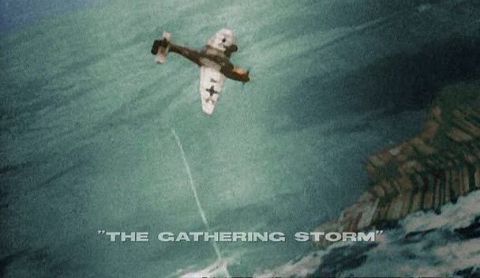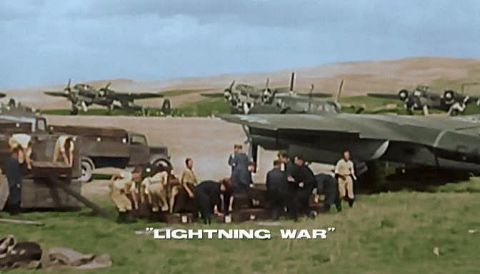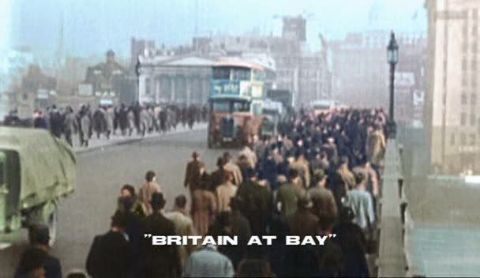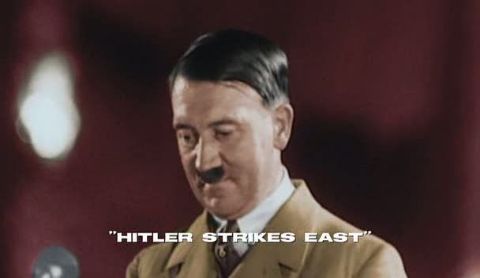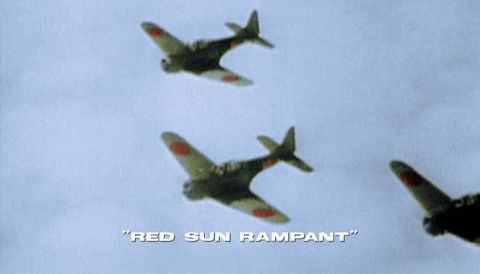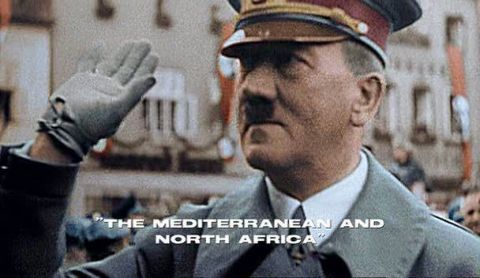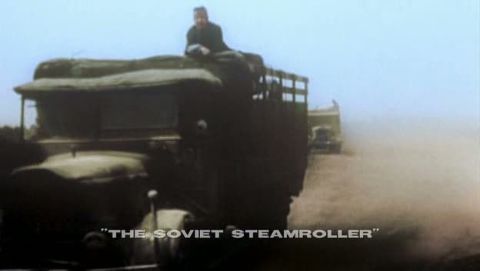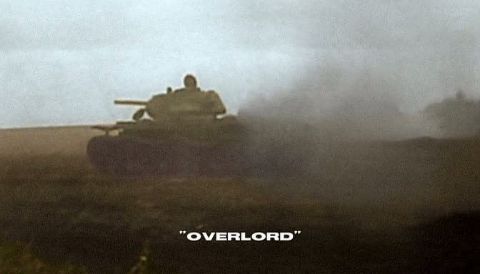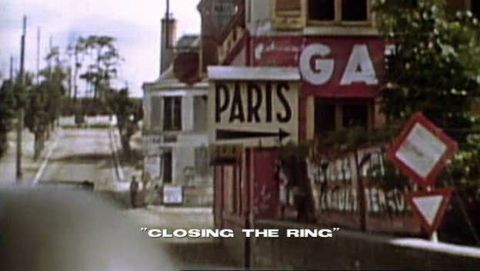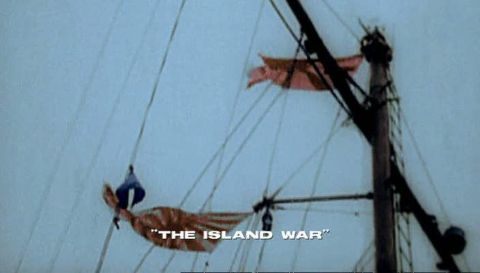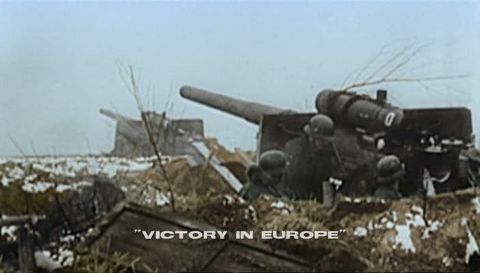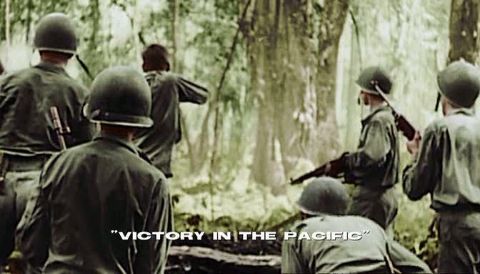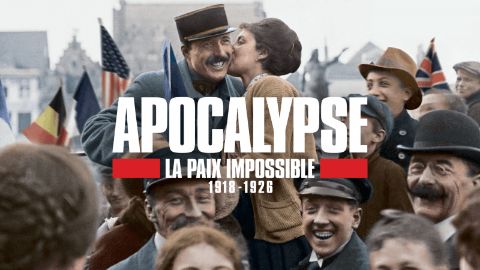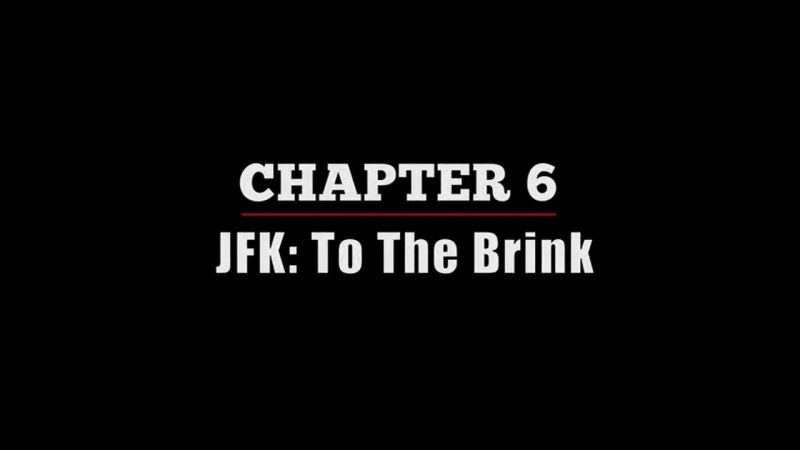Britain at Bay • 2009 • episode "3/13" • World War II In HD Colour
In June 1940, Britain stood alone against the Nazis. Hitler was convinced that it was only a matter of days before it sued for peace. He had more troops, a better air force and the better weapons. This film shows how close Britain came to defeat, as its exhausted air force struggled to fight all the German Luftwaffe. However, because of critical errors by the Luftwaffe commander Hermann Goering, Britain was able to regroup. Then using its brilliant team of code crackers and specially trained spies, it began the fightback, working alongside the resistance movements in the occupied territories.
Make a donation
Buy a brother a hot coffee? Or a cold beer?
Hope you're finding these documentaries fascinating and eye-opening. It's just me, working hard behind the scenes to bring you this enriching content.
Running and maintaining a website like this takes time and resources. That's why I'm reaching out to you. If you appreciate what I do and would like to support my efforts, would you consider "buying me a coffee"?
Donation addresses
BTC: bc1q8ldskxh4x9qnddhcrgcun8rtvddeldm2a07r2v
ETH: 0x5CCAAA1afc5c5D814129d99277dDb5A979672116
With your donation through , you can show your appreciation and help me keep this project going. Every contribution, no matter how small, makes a significant impact. It goes directly towards covering server costs.
